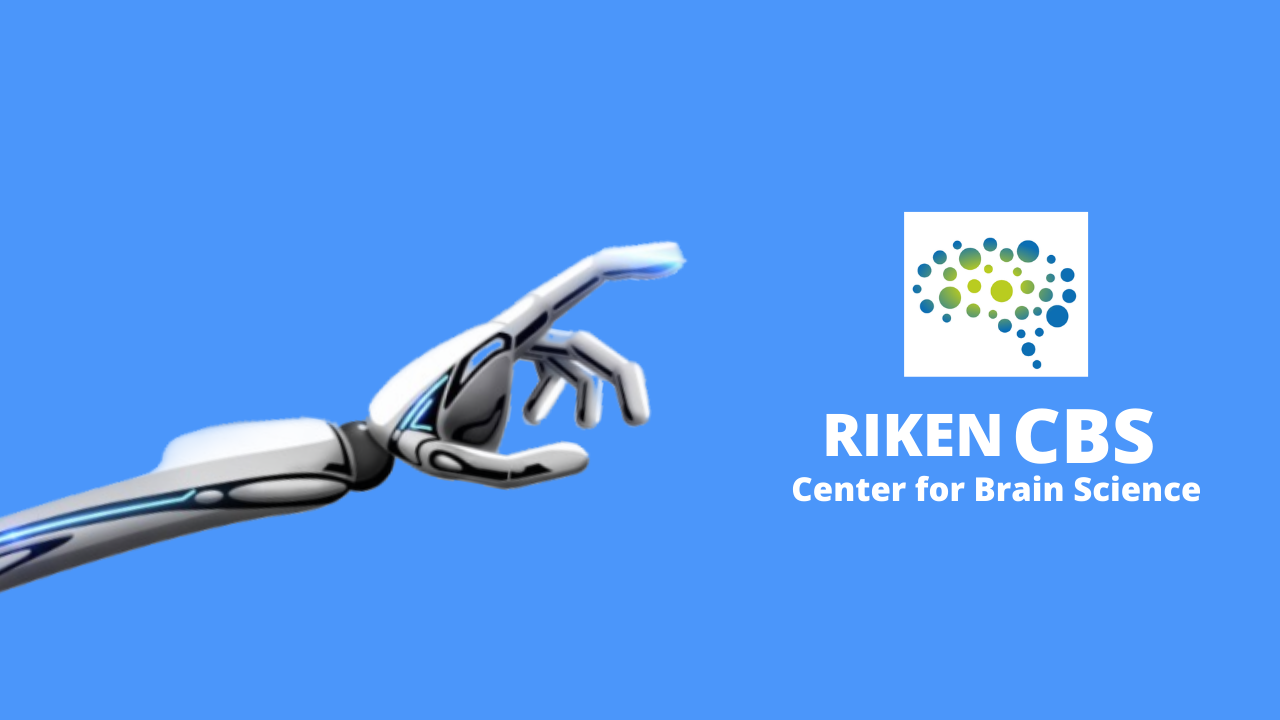
Since our last visit on 6th July, the coronavirus situation in Japan had considerably worsened, and we were not able to go to the lab for a while. Although the hardware kit had arrived some time ago from the project's sponsor Toyota, our lab leader kindly waited for the coronavirus situation to ease so that we could visit and assemble the robot together.
As soon as we arrived, we started assembling the hand. There was no instruction manual and we only had a printout of the CAD model, so we could only "see" the hand from one side and it was difficult figuring out where all the parts belonged. To add insult to injury, we knew the robotic hand used M2 and M3 screws, but we had no idea what length to use, so we often had to blindly guess, only to find out that it was too long, take it apart and try a shorter screw instead. Unfortunately, we are not allowed to show the finished product nor discuss it in detail due to a confidentiality agreement.
We thought we were finished when we assembled all the parts together, but it turned out the connection between the motor and the strain wave gear (aka harmonic drive) was too loose. Therefore, we had to take it apart again, take the motor out, tighten the screws you see in the image below, re-lubricate the gears and then put it back together.

We tested the finished hand with the Python programme mentioned in the previous post. The motor for the thumb worked, but it didn't for the fingers. This was because one of the cables we used was specifically tuned to the thumb motor, so next time we'll need to create a cable that's tuned to the finger motor.
We have to wait for the big gear to arrive so that we can attach the hand to the arm. Hopefully, on our next visit, we can finish all of the assembling and start focusing on the software.
After we finish the hardware, we have to attach the latest sensor developed by Toyota and connect it to the Python programme.